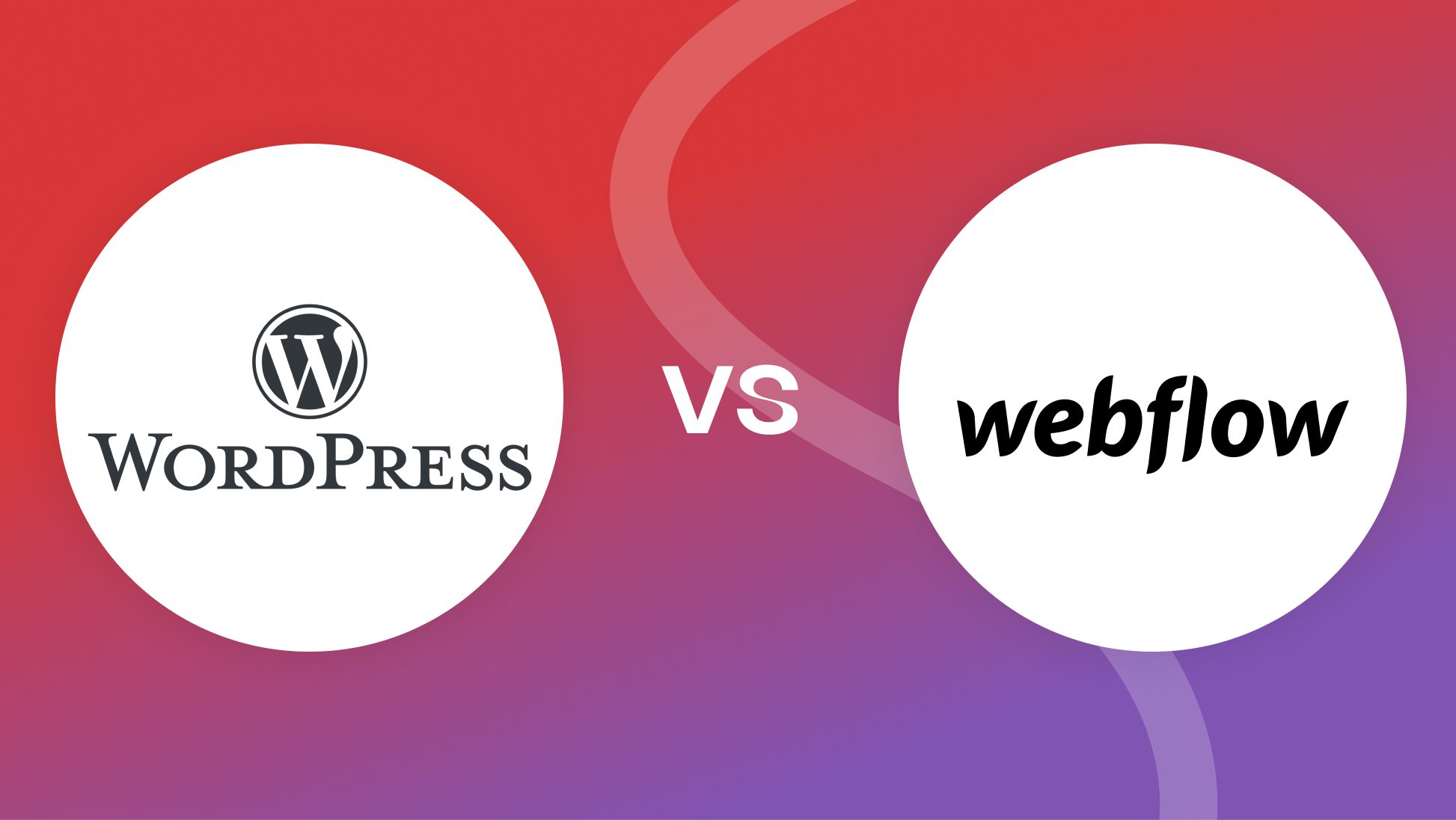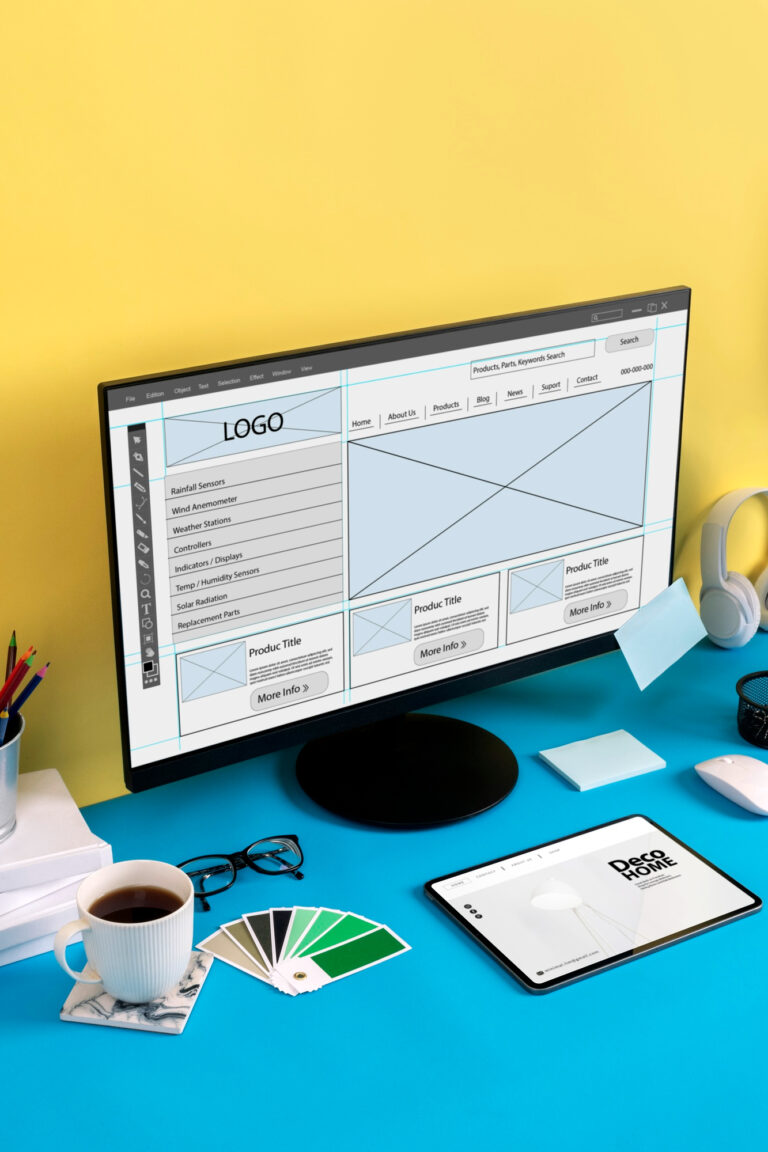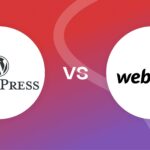When it comes to building a website, two of the most popular platforms beginners often consider are Webflow and WordPress. Both have their unique strengths and cater to different needs, but choosing the right one depends on your goals, technical skills, and the type of website you want to create. Let’s look into their differences to help you decide which one suits you best.
What is Webflow?
Webflow is a visual website design and development platform that allows users to build websites without needing to write code. It combines the functionality of a design tool like Adobe XD or Figma with a CMS (Content Management System) and hosting service.
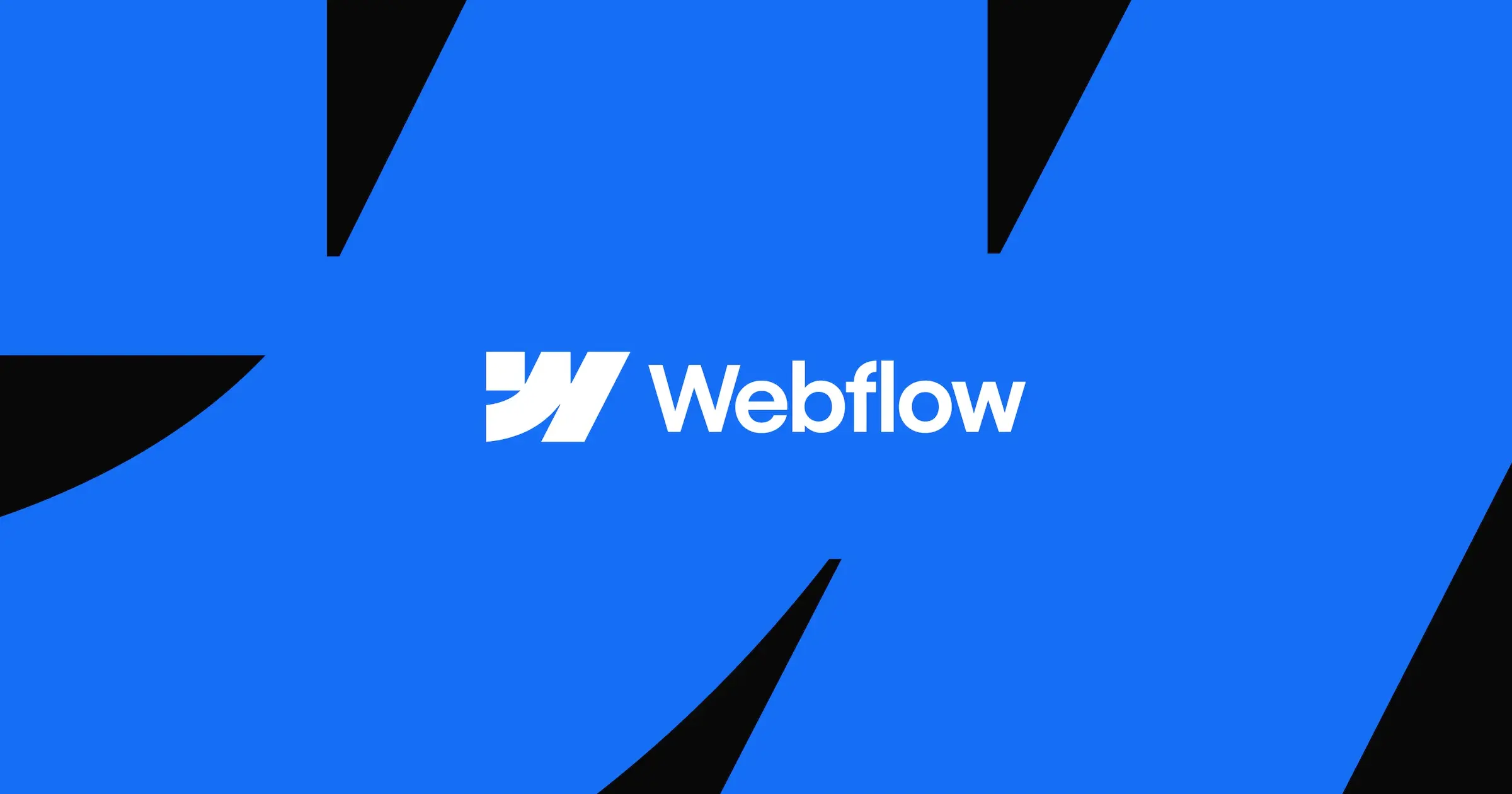
Key Features:
- Drag-and-Drop Editor: Intuitive interface for designing websites visually.
- Custom Design Freedom: Offers pixel-perfect control over layout, animations, and responsiveness.
- Integrated Hosting: Webflow hosts your website directly, simplifying deployment.
- No Plugins Needed: Includes features like SEO tools, e-commerce, and forms without requiring extra plugins.
What is WordPress
WordPress is the world’s most popular content management system (CMS), powering over 40% of websites globally. It’s open-source and highly customizable but often requires additional tools and plugins to unlock its full potential.
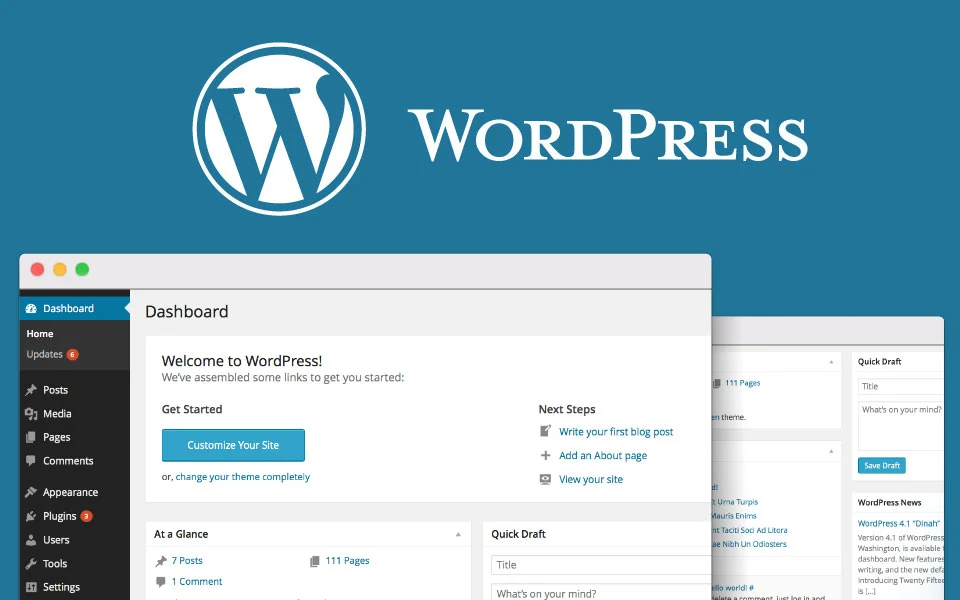
Key Features:
- Flexibility: Suitable for everything from blogs to e-commerce sites.
- Themes and Plugins: Thousands of free and paid themes and plugins available to customize your site.
- Self-Hosting or Managed Hosting: You can host your site anywhere, giving you more control.
- Large Community: Extensive resources and support from the WordPress community.
Ease of Use
Webflow:
Webflow’s interface is highly visual, making it a great choice for beginners who prefer to learn by doing. The drag-and-drop functionality allows you to see real-time updates as you design. However, the depth of customization might feel overwhelming for complete beginners without prior design experience.
Pros:
- Visual, no-code editor.
- Built-in tutorials and guides.
- Simplified publishing process.
Cons:
- Steeper learning curve for non-designers.
- Limited templates compared to WordPress.
WordPress:
WordPress offers a more traditional setup that’s easier to grasp for those familiar with text-based editors like Microsoft Word. However, to fully customize a WordPress site, you’ll often need plugins or some coding knowledge (e.g., HTML, CSS, PHP).
Pros:
- Easy to set up with pre-built themes.
- Vast plugin library for added functionality.
- A large community with abundant resources.
Cons:
- Requires plugins for advanced design and features.
- Potential for conflicts between themes and plugins.
SEO and Performance
Webflow:
Webflow has built-in SEO tools, making it easy to optimize your site without additional plugins. Its clean code ensures faster load times and better performance.
Advantages:
- Clean, lightweight code.
- Visual SEO settings for meta tags, alt text, and more.
- Hosting on fast, reliable servers.
WordPress:
WordPress’s SEO potential largely depends on plugins like Yoast SEO or Rank Math. While powerful, relying on plugins can sometimes slow down your site.
Advantages:
- Plugins for advanced SEO customization.
- Flexibility to host on high-performance servers.
- Community-driven tips and tricks.
Cost Comparison
Webflow:
Webflow’s pricing includes hosting and CMS features. Plans start at $14/month for basic websites, but e-commerce and advanced features cost more. There’s also a free tier for experimenting.
WordPress:
WordPress itself is free, but you’ll need to pay for hosting, themes, and plugins. Hosting costs start around $3/month, with additional expenses for premium themes and plugins.
If you prioritize visual design and want a platform that’s modern and sleek, Webflow is the better choice. However, if you need flexibility, a vast range of plugins, and cost-effective options, WordPress wins for its versatility.
Ultimately, the best platform for beginners depends on your goals, budget, and willingness to learn new tools. Experimenting with both can give you a clearer idea of which aligns best with your needs.


